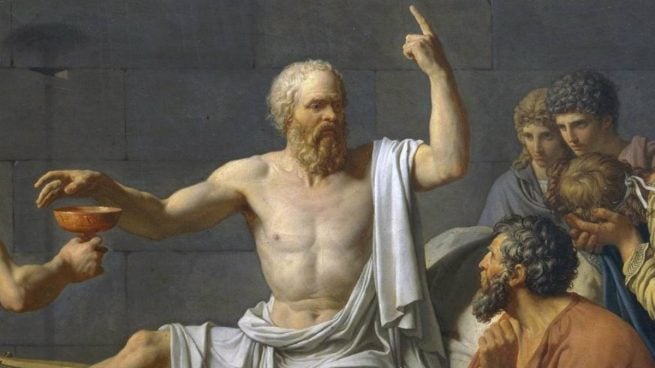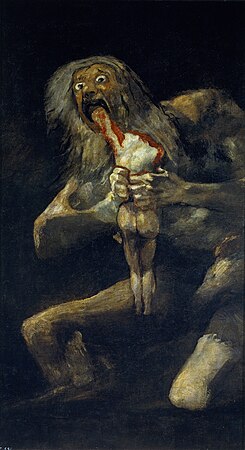The devil is in the detail" is an idiom that refers to a catch or mysterious element hidden in the details, meaning that something might seem simple at a first look but will take more time and effort to complete than expected and derives from the earlier phrase, "God is in the detail" expressing the idea that whatever one does should be done thoroughly; i.e. details are important.
| Look up devil is in the details in Wiktionary, the free dictionary. |
The idiom, "God is in the detail" has been attributed to a number of different individuals, most notably to German-born architect Ludwig Mies van der Rohe (1886–1969) by The New York Times in Mies's 1969 obituary; however, it is generally accepted not to have originated with him. The expression also appears to have been a favorite of German art historian Aby Warburg (1866–1929), though Warburg's biographer, E. H. Gombrich, is likewise uncertain if it originated with Warburg. An earlier form, "Le bon Dieu est dans le détail" ("the good God is in the detail") is generally attributed to Gustave Flaubert (1821–1880). Bartlett's Familiar Quotations lists the saying's author as anonymous. The phrase is attested in 1965; in 1969, it is referred to as an existing proverb.
The phrase has several variants: (The/A) Devil (is) in the Detail(s). The original expression as, "God is in the detail" most likely had the expression ending with "detail" (without an "s"), colloquial usage often ends the idiom as "details"; where the word "detail" without an "s" can be used as both a singular and collective noun. However, the singular word "detail" has evolved to mean other terms in some cultures, such as a military security detail as a duty assignment, or detailing a car as cleaning or polishing a vehicle ("to detail"), and so the plural form, "details" has been used to more clearly indicate the finer points of a topic.
More recently, the expressions "Governing (is) in the Detail(s)" and "(The) Truth (is) in the Detail(s)" have appeared.








